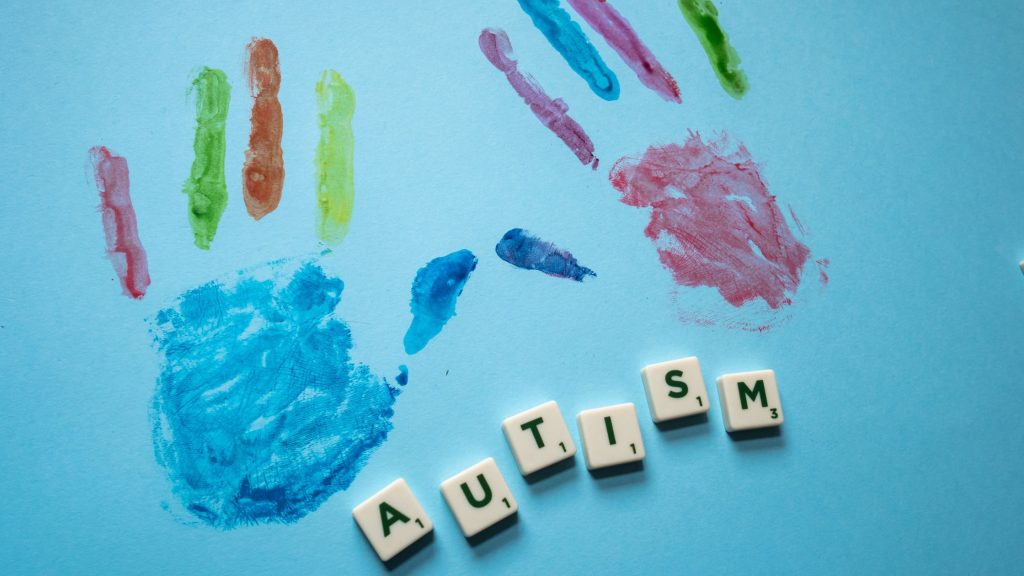What is Autism?
Autism is a neurological disorder that affects a person’s ability to communicate, socialize, and interact with others. It is part of a group of conditions known as Autism Spectrum Disorders (ASD), which also includes Asperger’s syndrome and Pervasive Developmental Disorder Not Otherwise Specified (PDD-NOS). ASD is a complex disorder that affects individuals differently, and there is a wide range of symptoms and severity.
Symptoms of Autism
Autism is characterized by difficulties in social communication and interaction, as well as restricted and repetitive behaviors and interests. Here are some common symptoms of autism:
Difficulty in making eye contact with others
Difficulty in understanding and using nonverbal cues like gestures, facial expressions, and tone of voice
Difficulty in understanding and expressing emotions
Difficulty in developing and maintaining relationships with others
Repetitive behaviors such as hand-flapping, rocking, or spinning objects
Inflexible routines or rituals
Intense interest in a specific topic or activity
Hypersensitivity or hyposensitivity to sensory input such as sound, light, touch, and taste
Causes of Autism
The exact cause of autism is not known, but it is believed to be caused by a combination of genetic and environmental factors. Studies have shown that there may be a genetic component to autism, as it tends to run in families. Environmental factors that have been linked to autism include maternal infections during pregnancy, exposure to toxins, and complications during childbirth.
Diagnosis of Autism
Autism is usually diagnosed in early childhood, around the age of 2-3 years old. A diagnosis of autism is usually made by a team of professionals that may include a pediatrician, a child psychologist, and a speech-language pathologist. The diagnosis is based on a combination of observations of the child’s behavior, development, and communication, as well as standardized tests.
Treatment of Autism
There is no cure for autism, but early intervention and treatment can help individuals with autism to develop communication, social, and life skills. Treatment for autism may include:
Behavioral therapy: Behavioral therapy can help children with autism to develop new skills and behaviors, and to reduce problem behaviors such as aggression or self-injury.
Speech therapy: Speech therapy can help children with autism to improve their communication skills, including language, nonverbal communication, and social skills.
Occupational therapy: Occupational therapy can help children with autism to develop fine motor skills, sensory integration skills, and daily living skills.
Medication: Medication may be used to treat some of the symptoms of autism, such as anxiety, depression, or hyperactivity.
Living with Autism
Autism is a lifelong disorder, and individuals with autism may face challenges in different areas of their lives. However, with early intervention and support, individuals with autism can develop skills and achieve their full potential. Some tips for living with autism include:
Develop a routine and stick to it: A consistent routine can help individuals with autism to feel more secure and reduce anxiety.
Create a structured environment: A structured environment with clear rules and expectations can help individuals with autism to feel more comfortable and secure.
Use visual aids: Visual aids such as pictures, charts, and schedules can help individuals with autism to understand and follow routines and instructions.
Communicate clearly: Clear communication is essential for individuals with autism. Use simple language and be specific when giving instructions or explaining concepts.
Conclusion
Autism is a complex disorder that affects individuals differently. Early intervention and treatment can help individuals with autism to develop communication, social, and life skills. Living with autism can be challenging, but with support and understanding, individuals with autism can achieve their full potential.

